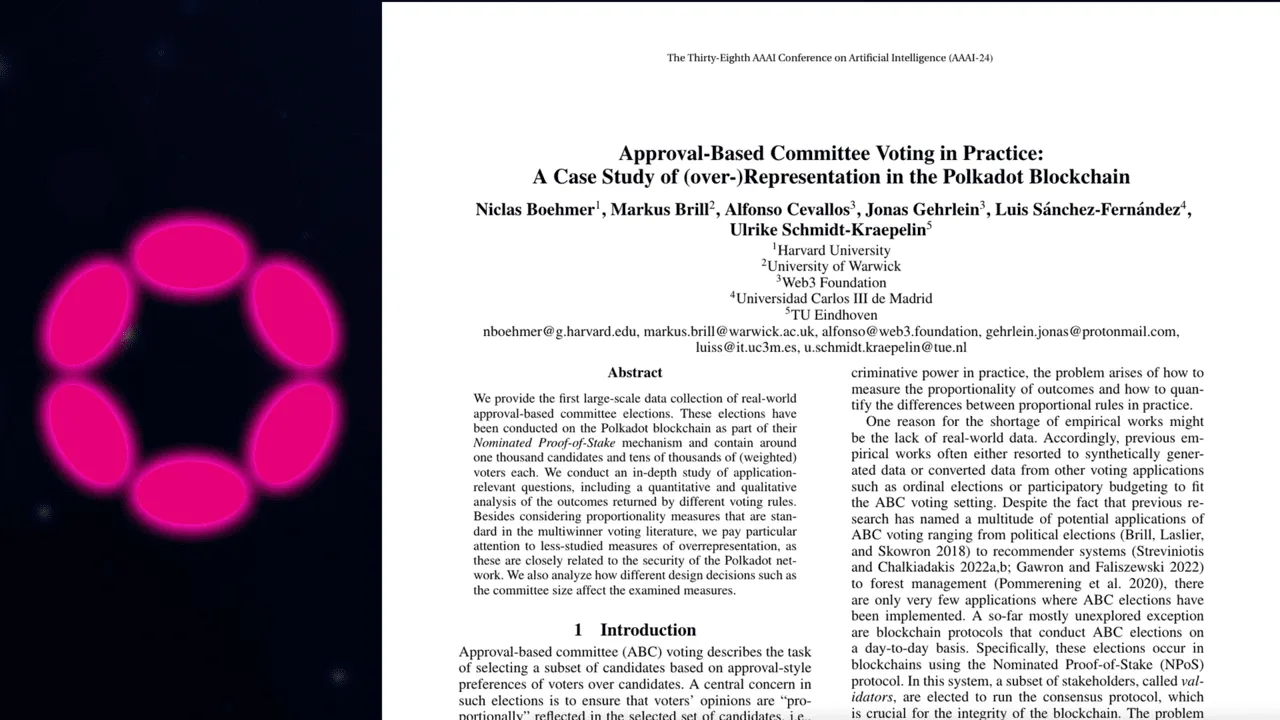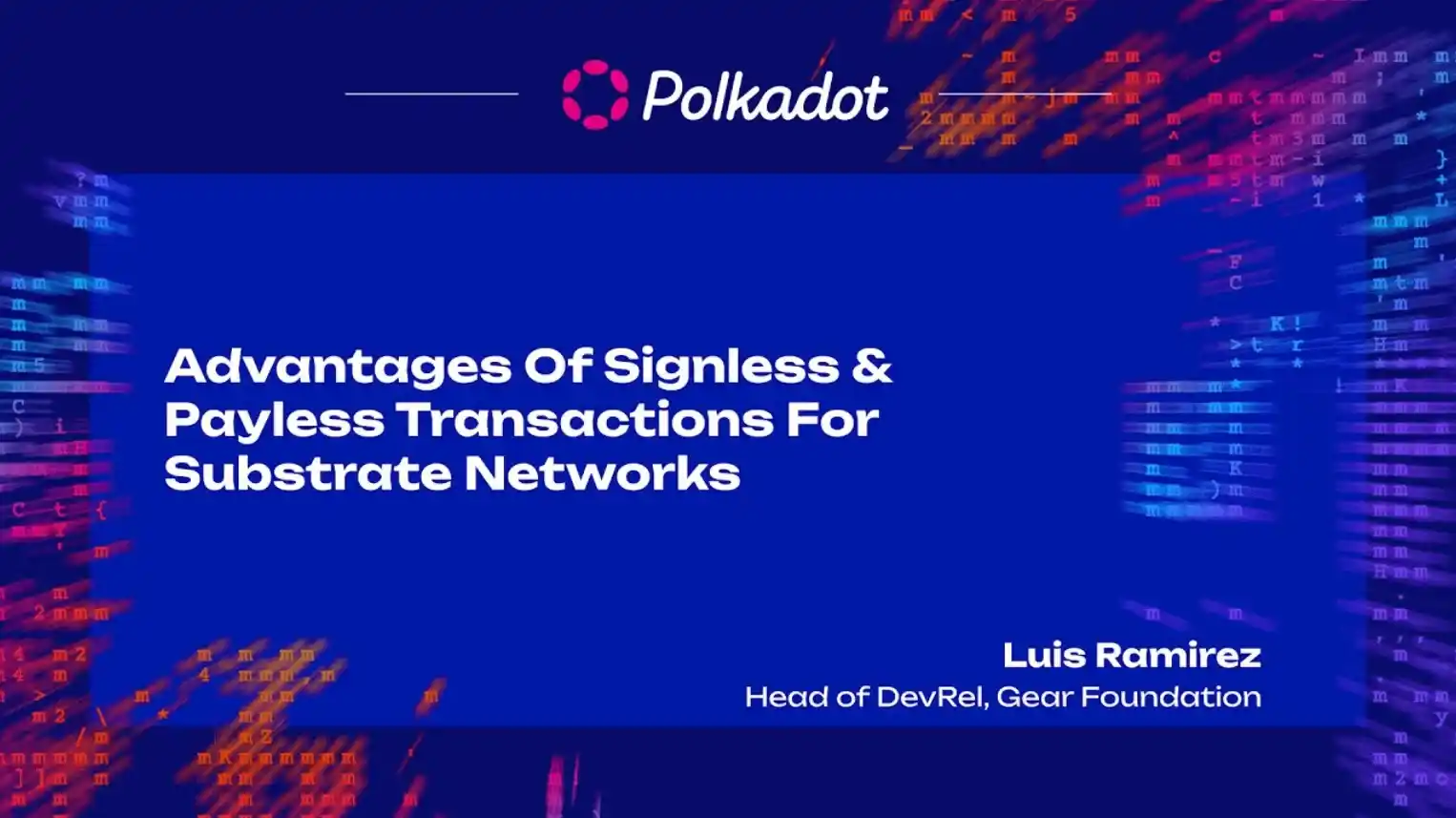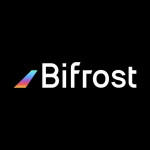

Peaq Network
Peaq Network: Powering the Economy of Things
Peaq is a high-performance Layer 1 blockchain specifically designed for Decentralized Physical Infrastructure Networks (DePINs) and Machine-Readable Worlds (MRWs). It offers a unique combination of scalability, security, and developer-friendliness, making it an ideal platform for building real-world applications.
Peaq Network Key Features
- Scalability: peaq boasts a robust architecture capable of handling over 10,000 transactions per second (TPS) today, with the potential to scale beyond 500,000 TPS in the future.
- Security: peaq inherits its security from Polkadot, a leading blockchain protocol known for its strong decentralization. This ensures a high Nakamoto Coefficient, making peaq resistant to attacks.
- Low Transaction Costs: peaq offers transaction fees as low as $0.00025, thanks to its efficient architecture and the cost-effective blockspace provided by Polkadot.
- Multi-Chain Capabilities: peaq seamlessly interacts with Polkadot and other major blockchains like Cosmos, Solana, and Binance, enabling data and token transfer across ecosystems.
- EVM Compatibility: peaq supports both EVM (Ethereum Virtual Machine) and ink! smart contracts, allowing developers familiar with Ethereum or Substrate to build on peaq with ease.
- Ready-to-Use DePIN Functions: peaq provides pre-built functionalities like self-sovereign Machine IDs, access control, and data verification, streamlining dApp development for DePINs.
- Sustainability: peaq utilizes a highly energy-efficient blockchain architecture, minimizing its environmental impact.
- Large Developer Ecosystem: By leveraging Polkadot and Substrate, peaq benefits from a vast pool of experienced developers, fostering a thriving development community.
Peaq Network Core Technologies
- Polkadot: peaq leverages Polkadot’s security, scalability, and interoperability features.
- Substrate: Substrate provides the foundation for building high-performance blockchains like peaq.
- EVM: EVM compatibility allows developers to write and deploy Solidity smart contracts on peaq.
- ink!: ink! is a Rust-based smart contract language offering an alternative to Solidity.
Building on peaq
Peaq offers a comprehensive developer toolkit, including:
- SDKs: peaq provides SDKs in JavaScript and other languages, allowing developers to interact with the network and its functionalities.
- Block Explorers: Explore the peaq network and analyze transactions using dedicated block explorers.
- Substrate Pallets: Developers can utilize pre-built pallets for common functionalities or create custom pallets for specific needs.
Peaq Use Cases
peaq’s capabilities are well-suited for various DePIN and MRW applications, including:
- Supply Chain Management: Track and verify the movement of goods in real-time.
- Manufacturing: Automate processes and ensure machine-to-machine communication.
- Energy Management: Optimize energy usage and enable peer-to-peer energy trading.
- Connected Cars: Develop autonomous driving applications and facilitate secure vehicle data exchange.
Conclusion
Peaq is a powerful blockchain platform enabling the development of secure, scalable, and interoperable applications for the Economy of Things. Its focus on DePINs and MRWs positions it as a key player in shaping the future of connected machines and real-world data.
- Related Token/s: PEAQ
Twenty-Five.
— peaq - token launch live 🔥 (@peaqnetwork) May 10, 2024
Pre-launch.
peaq is a Layer-1 blockchain designed to be the best possible home for DePINs.
Here are the 25 world-changing DePINs building in the peaqosystem as of today:
- @Acurast, decentralized serverless cloud
- @airwaive_biz, marketplace for wireless… pic.twitter.com/FykVstpumt
Related Projects:

Krest Network
Canary network of Peaq N.





















